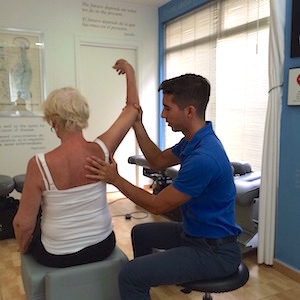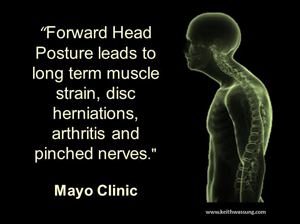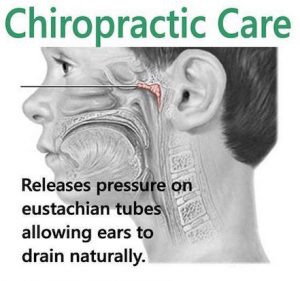 Often, when I tell people that chiropractic can help children, I see very surprised faces. It’s something that not many people are aware of; even those that already are under chiropractic care.
Often, when I tell people that chiropractic can help children, I see very surprised faces. It’s something that not many people are aware of; even those that already are under chiropractic care.
Chiropractors around the world give care to thousands of children every day. Chiropractic care is a natural and noninvasive form of care and can help children better fight off chronic childhood illnesses, such as ear infections, that traditionally are being treated with medications. You may wonder HOW?
The nerve system controls and coordinates all systems of the body, including the regulation of the immune system. Is a healthy functioning spine important for the child’s nerve system? YES is the right answer! Why? The bony structures of the spine protect the nerve system, specifically the spinal cord and spinal nerve roots. When a vertebra is out of it’s original position, it can put pressure on the surrounding nerve structures – which interferes with the nerve messages between the brain and the body and vive versa. As a result the brain, that intelligently runs our bodies, is less able to create function and coordination, which translates into true health.
Ear infections (Otitis Media)
Otitis Media, one of the most common childhood illnesses, is referred to as ear infection. Typically the primary symptoms are pain and discomfort in the area surrounding the ear, as well as: fever, fluid draining, loss of appetite, grumpy behavior and trouble sleeping.
Traditionally, ear infections are treated with oral antibiotics or ear antibiotic drops. However, very few are aware of the poor effects of antibiotics:
- Many ear infections are caused by viruses, which are unaffected from antibiotics.
- It is a well-established fact that 80% of uncomplicated ear infections self resolve, without the use of antibiotics within 3 days.
- Antibiotics have a number of devastating side effects such as imbalanced gut flora and digestive issues.
- Overuse of antibiotics has caused an epidemic of super bugs; bacteria that are resistant to drugs!
According to Dr. Lawrence B. Palevsky (MD, FAAP, DABHM), a renowned pediatrician, lecturer and published author; a natural approach is not only more sensible, but also it’s more effective!! One of the natural interventions that Dr. Palevsky recommends is chiropractic.
 A recent literature review in the Journal of Chiropractic Medicine underlines how effective it can be, as children have benefited under chiropractic care for more than 100 years. The article, written in 2012, critically evaluated 49 articles and discovered that several case series, case reports and clinical trials all come to the same conclusion: chiropractic adjustments can help kids to heal natural even from ear infections! No adverse effects were observed during the treatment of the child.
A recent literature review in the Journal of Chiropractic Medicine underlines how effective it can be, as children have benefited under chiropractic care for more than 100 years. The article, written in 2012, critically evaluated 49 articles and discovered that several case series, case reports and clinical trials all come to the same conclusion: chiropractic adjustments can help kids to heal natural even from ear infections! No adverse effects were observed during the treatment of the child.
Very few are aware of the benefits of regular chiropractic care and its role in wellness and functioning of the body. Not only does it help children/people with neck and back pain, it also allows them to express a greater state of health – even being able to overcome repeated infections when neuro-immune function is restored. We believe if every child was under chiropractic care, ear infections wouldn’t be the epidemic that is today.
References:
Otitis media and spinal manipulative therapy: a literature review (https://www.ncbi.nlm.nih.gov/pmc/articles/PMC3437347/)

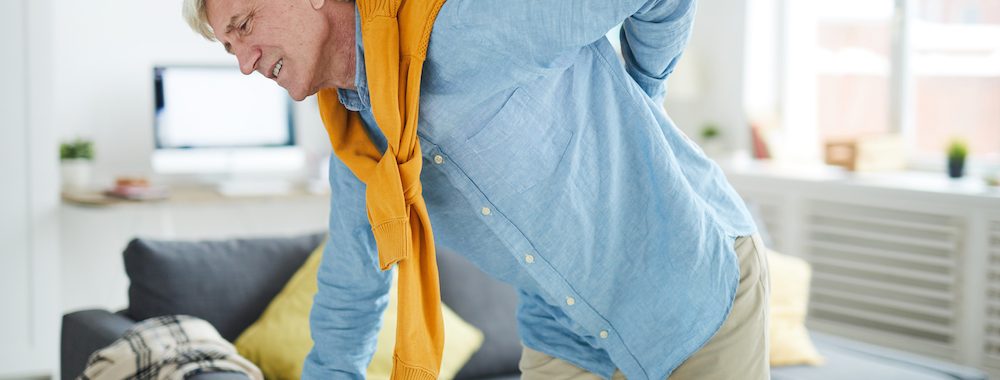
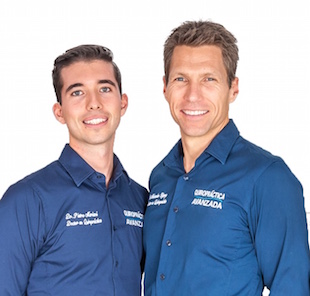 Thousands of Brits come flocking over to Benidorm for their holidays to enjoy the sun, beach and to relax. It is a “home” from home offering British everything they desire. However, we see hundreds of holiday makers every year who have a flare up of back pain. They may have a chiropractor or osteopath in the UK who has treated previous episodes but now they are on vacation. Why now??. Here is the reason why:
Thousands of Brits come flocking over to Benidorm for their holidays to enjoy the sun, beach and to relax. It is a “home” from home offering British everything they desire. However, we see hundreds of holiday makers every year who have a flare up of back pain. They may have a chiropractor or osteopath in the UK who has treated previous episodes but now they are on vacation. Why now??. Here is the reason why: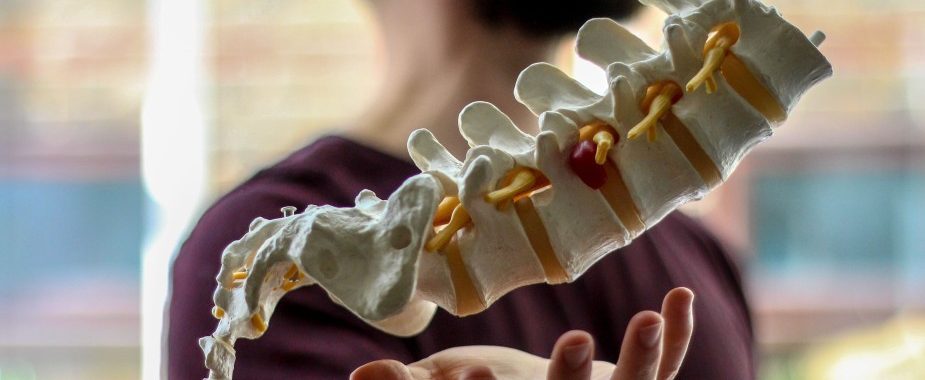
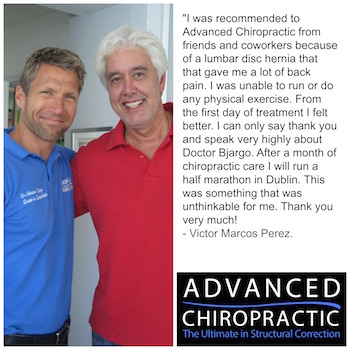 Disc injury in the low back is commonly referred to as a “slipped disc“. This is a common cause of low back pain in the general adult population up to the age of 60.
Disc injury in the low back is commonly referred to as a “slipped disc“. This is a common cause of low back pain in the general adult population up to the age of 60.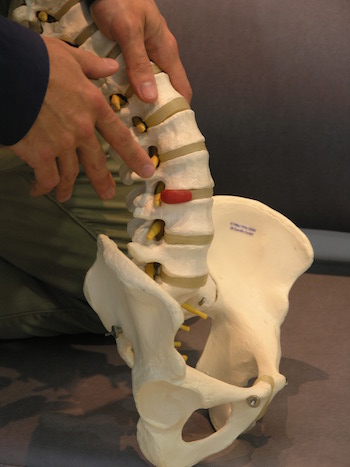
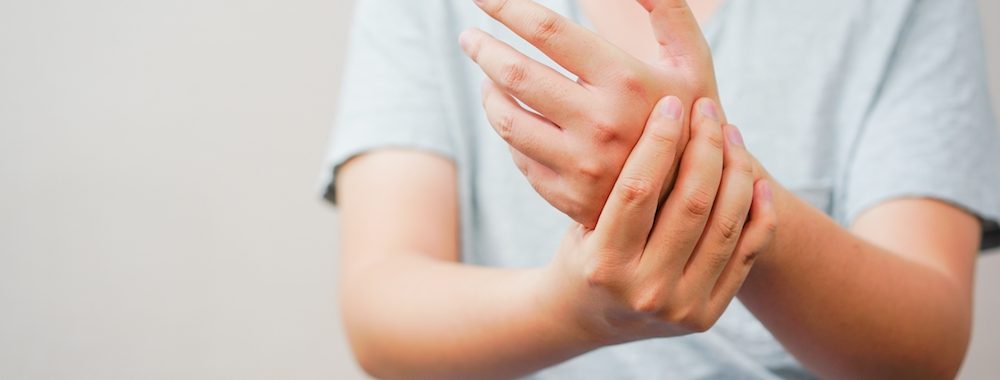
 If you are experiencing intermediate numbness, tingling or pain in the thumb and adjacent two and half fingers in one or both hands, you might be affected by carpal tunnel syndrome (CTS).
If you are experiencing intermediate numbness, tingling or pain in the thumb and adjacent two and half fingers in one or both hands, you might be affected by carpal tunnel syndrome (CTS).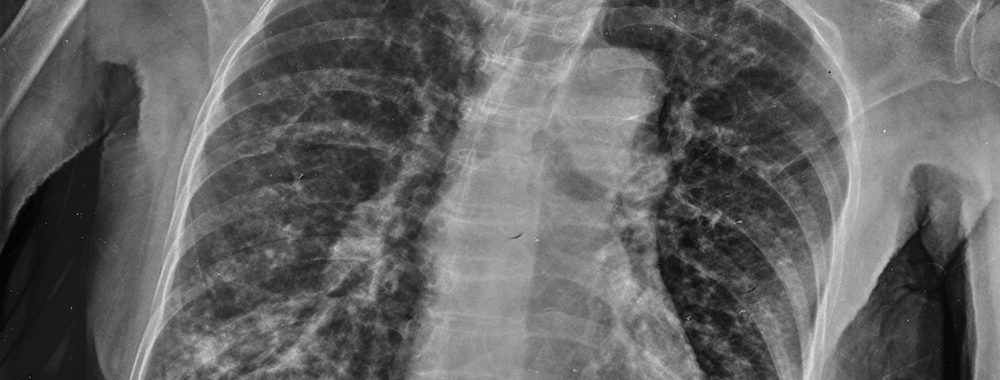
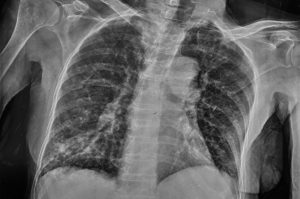

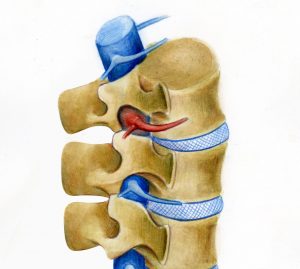 An irritated nerve is more common than a pinched nerve.
An irritated nerve is more common than a pinched nerve.
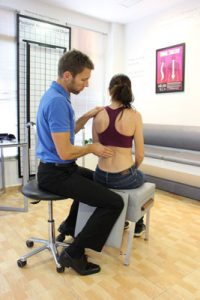 Being a chiropractor in Spain, more specifically Albir, not to far from the better-known Benidorm, is very different from England. Why? Because Spanish people have very little knowledge about what a chiropractor does. We here about other therapists saying they “do chiropractic,” all the time and on a daily basis we have to clarify what we in fact are trying to accomplish with the patient. First of all, let me first explain what chiropractic care is NOT:
Being a chiropractor in Spain, more specifically Albir, not to far from the better-known Benidorm, is very different from England. Why? Because Spanish people have very little knowledge about what a chiropractor does. We here about other therapists saying they “do chiropractic,” all the time and on a daily basis we have to clarify what we in fact are trying to accomplish with the patient. First of all, let me first explain what chiropractic care is NOT:

